Country
code
Haute-Savoie
Crash of a Pilatus PC-6/B2-H2 Turbo Porter near Usillon: 1 killed
Date & Time:
Feb 7, 1986
Registration:
F-BIEL
Survivors:
No
Schedule:
Courchevel - Geneva
MSN:
345
YOM:
1960
Crew on board:
1
Crew fatalities:
Pax on board:
0
Pax fatalities:
Other fatalities:
Total fatalities:
1
Circumstances:
The pilot, sole on board, departed Courchevel Altiport on a positioning flight to Geneva-Cointrin Airport. En route, he encountered poor weather conditions when the single engine aircraft struck the slope of a mountain located near the Plateau des Glières, in the region of Usillon. The pilot was killed.

Crash of a Cessna 404 Titan I in Annemasse: 1 killed
Date & Time:
Jun 11, 1979
Registration:
HB-LKO
Survivors:
No
Schedule:
Geneva - Annemasse
MSN:
404-0246
YOM:
1978
Crew on board:
1
Crew fatalities:
Pax on board:
0
Pax fatalities:
Other fatalities:
Total fatalities:
1
Circumstances:
The pilot, sole on board, was completing a positioning flight from Geneva-Cointrin to Annemasse. On final approach in limited visibility, he failed to realize his altitude was too low when the airplane struck a building and crashed. The aircraft was destroyed and the pilot was killed.
Crash of a Boeing 707-437 on the Mont-Blanc: 117 killed
Date & Time:
Jan 24, 1966 at 0802 LT
Registration:
VT-DMN
Survivors:
No
Schedule:
Bombay - New Delhi - Beirut - Geneva - Paris - London - New York
MSN:
18055
YOM:
1961
Flight number:
AI101
Crew on board:
11
Crew fatalities:
Pax on board:
106
Pax fatalities:
Other fatalities:
Total fatalities:
117
Captain / Total hours on type:
2651.00
Copilot / Total hours on type:
290
Aircraft flight hours:
16188
Circumstances:
The aircraft christened 'Kanchenjunga' was on a flight from Bombay to New York with intermediate stops in New Delhi, Beirut, Geneva, Paris and London, carrying 106 passengers and 11 crew members. The airplane departed Beirut with one VOR inoperative and while approaching Geneva at an altitude of 15,000 feet, the crew contacted ATC and requested the permission to perform a 'VMC on top' descent, about 1,000 feet above the cloud layer. Twenty minutes before its ETA at Geneva-Cointrin Airport, the four engine aircraft struck the Mont Blanc at an altitude of 4,677 meters. The airplane disintegrated on impact and debris scattered in deep snow near the 'Rocher de la Tournette'. Among the victims were Giani Bertoli, Director of Air India for Europe and the Indian Atomist Homi Bhabba who was travelling to Geneva for a conference, accompanied with 20 monkeys. At the time of the accident, the airplane should be at an altitude of 17,500 feet but the crew failed to follow this procedure, probably following misunderstanding with ATC.
Probable cause:
The commission concluded that the most likely hypothesis was the following:
a) The pilot-in-command, who knew on leaving Beirut that one of the VORs was unserviceable, miscalculated his position in relation to Mont Blanc and reported his own estimate of this position to the controller; the radar controller noted the error, determined the position of the aircraft correctly and passed a communication to the aircraft which, he believed, would enable it to correct its position;
b) For want of a sufficiently precise phraseology, the correction was misunderstood by the pilot who, under the mistaken impression that he had passed the ridge leading to the summit and was still at a flight level which afforded sufficient safety clearance over the top of Mont Blanc, continued his descent.
c) The low position of the sun created a certain light that may cause a misinterpretation of the natural environment.
a) The pilot-in-command, who knew on leaving Beirut that one of the VORs was unserviceable, miscalculated his position in relation to Mont Blanc and reported his own estimate of this position to the controller; the radar controller noted the error, determined the position of the aircraft correctly and passed a communication to the aircraft which, he believed, would enable it to correct its position;
b) For want of a sufficiently precise phraseology, the correction was misunderstood by the pilot who, under the mistaken impression that he had passed the ridge leading to the summit and was still at a flight level which afforded sufficient safety clearance over the top of Mont Blanc, continued his descent.
c) The low position of the sun created a certain light that may cause a misinterpretation of the natural environment.
Final Report:
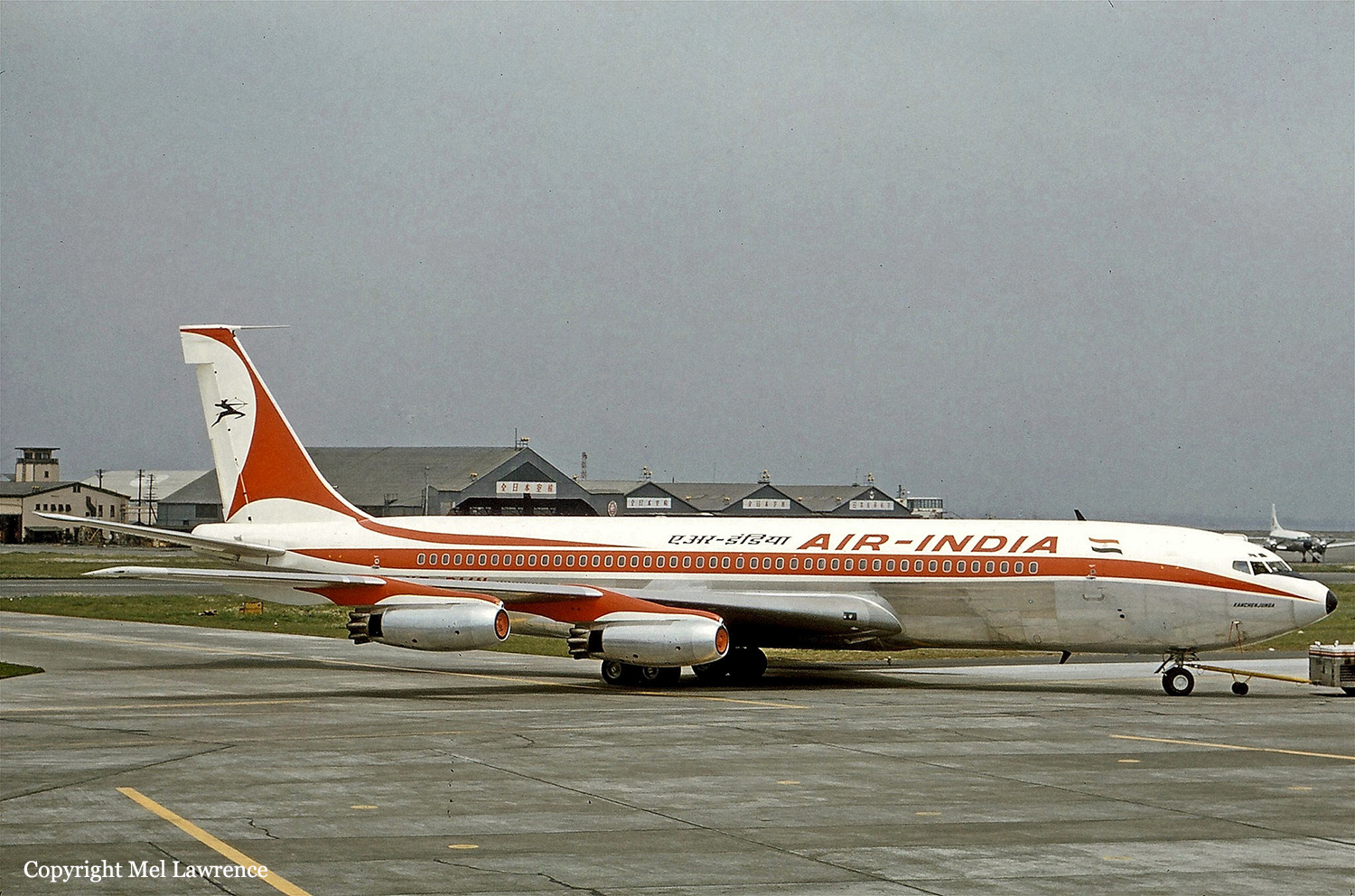
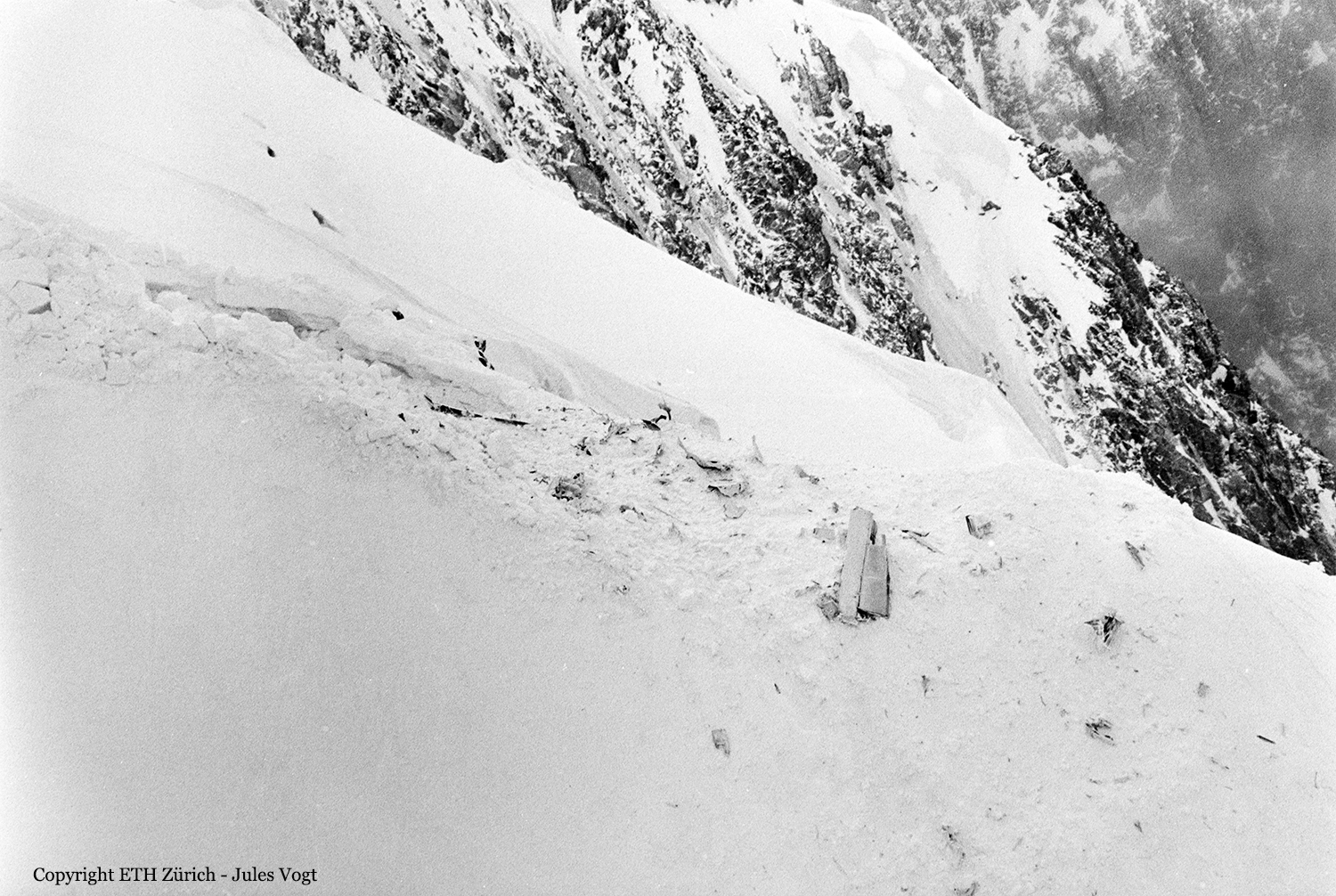
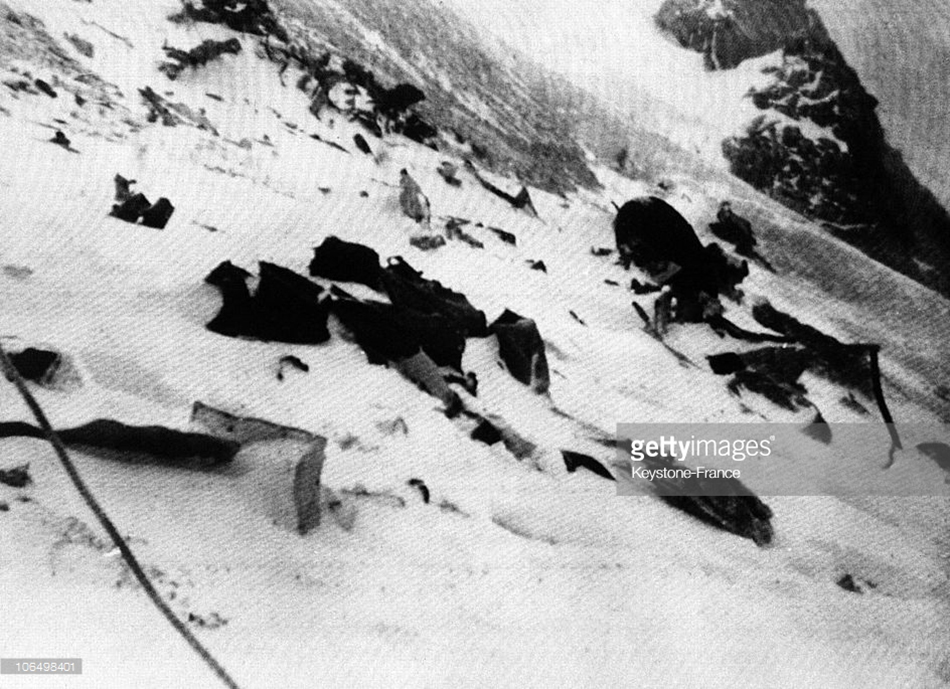
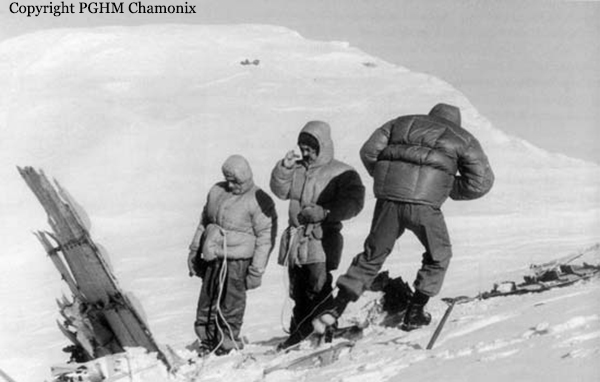
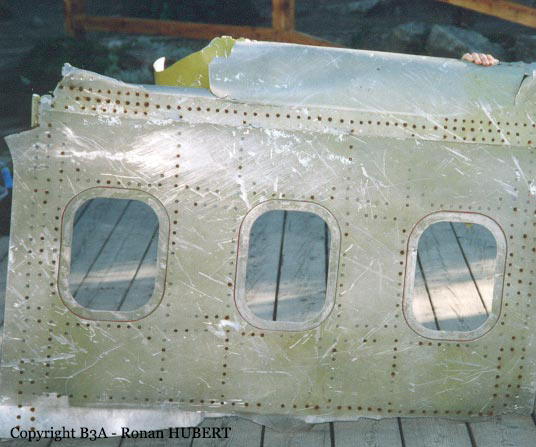
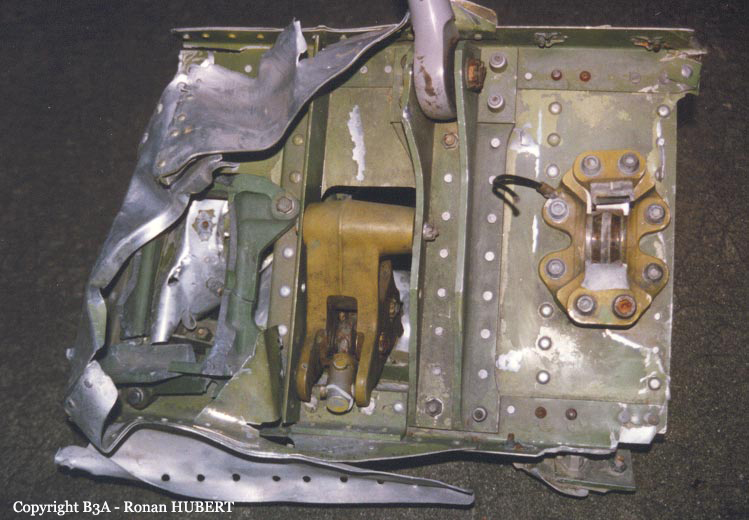

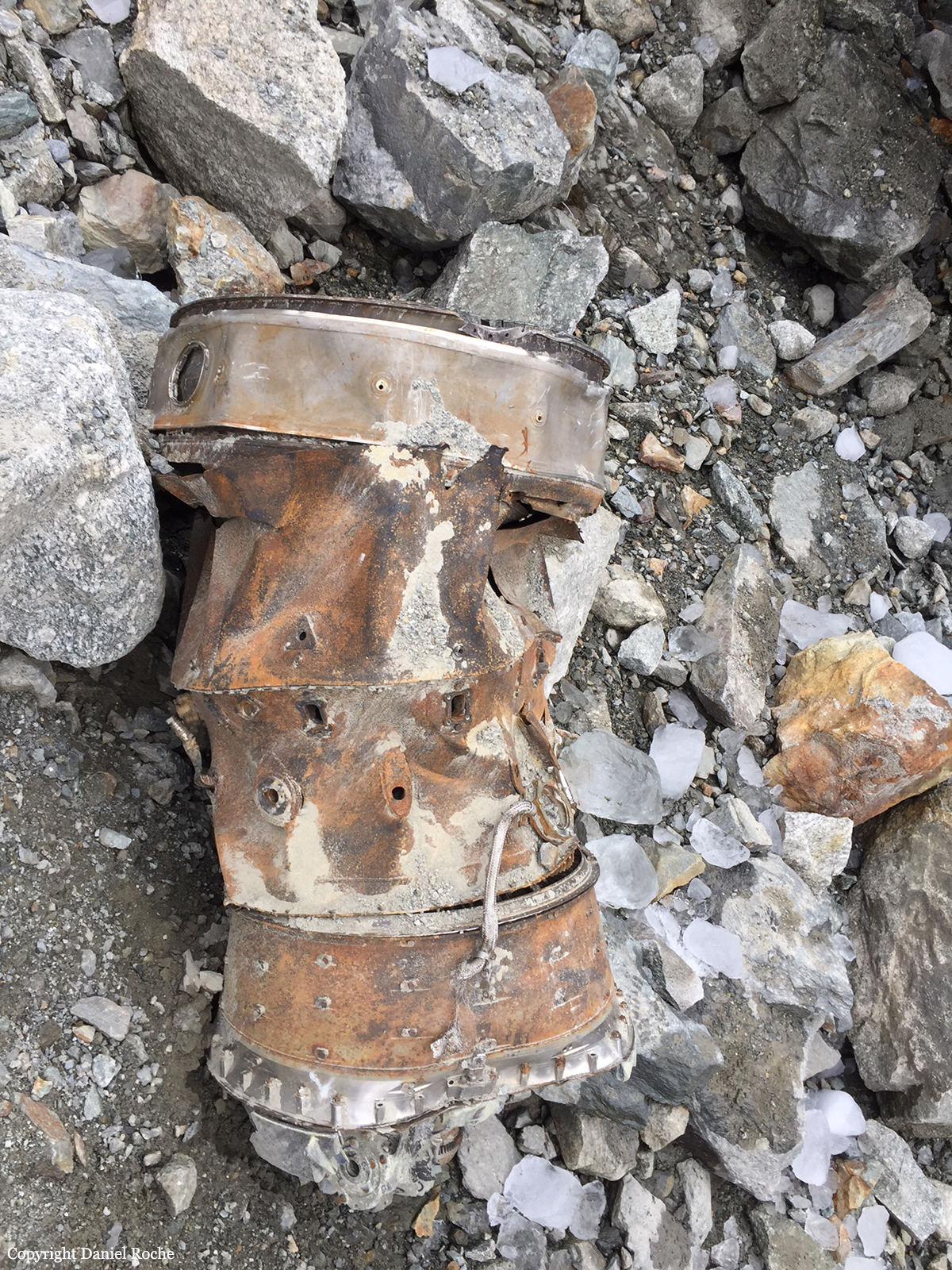


Crash of a Pilatus PC-6 Porter on the Mont-Blanc
Date & Time:
Sep 1, 1961
Registration:
HB-FAZ
Survivors:
Yes
MSN:
343
YOM:
1960
Crew on board:
1
Crew fatalities:
Pax on board:
1
Pax fatalities:
Other fatalities:
Total fatalities:
0
Aircraft flight hours:
177
Circumstances:
Crashed while taking off from the Dôme Plateau at an altitude of 4,300 meters. The pilot and the passenger were slightly injured and the aircraft was damaged beyond repair.
Probable cause:
The airplane was caught by downdraft while taking off and crashed.
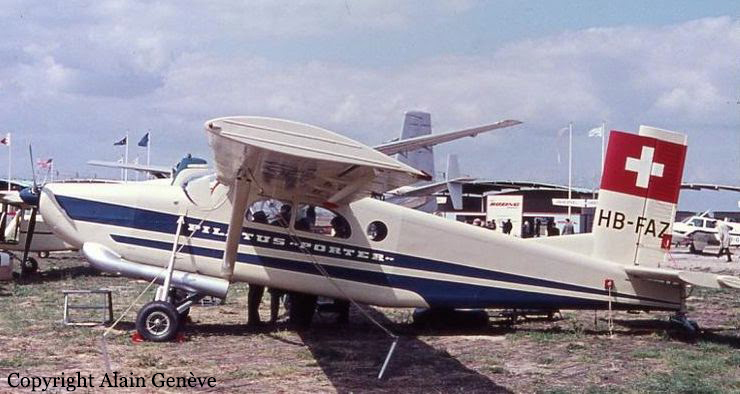
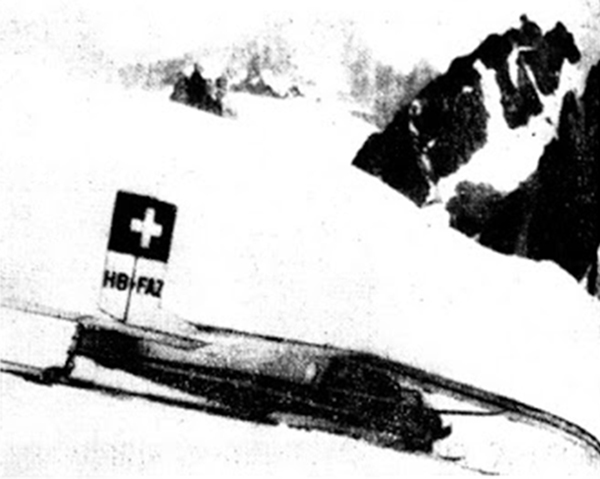
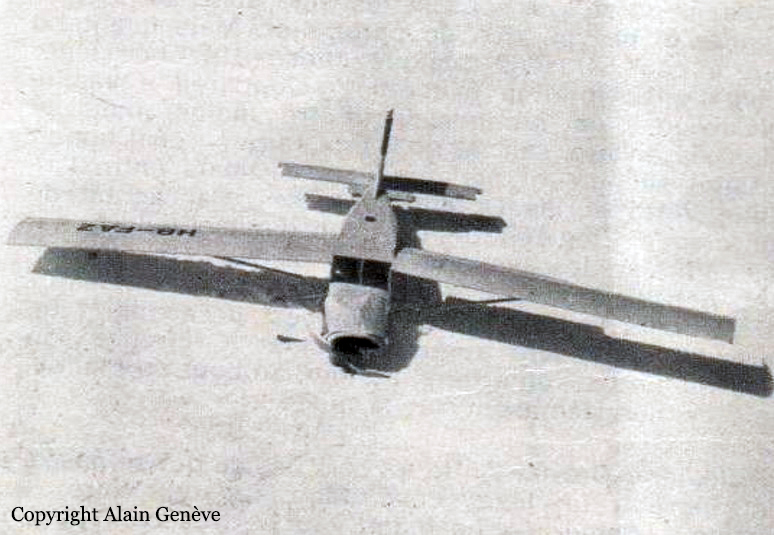
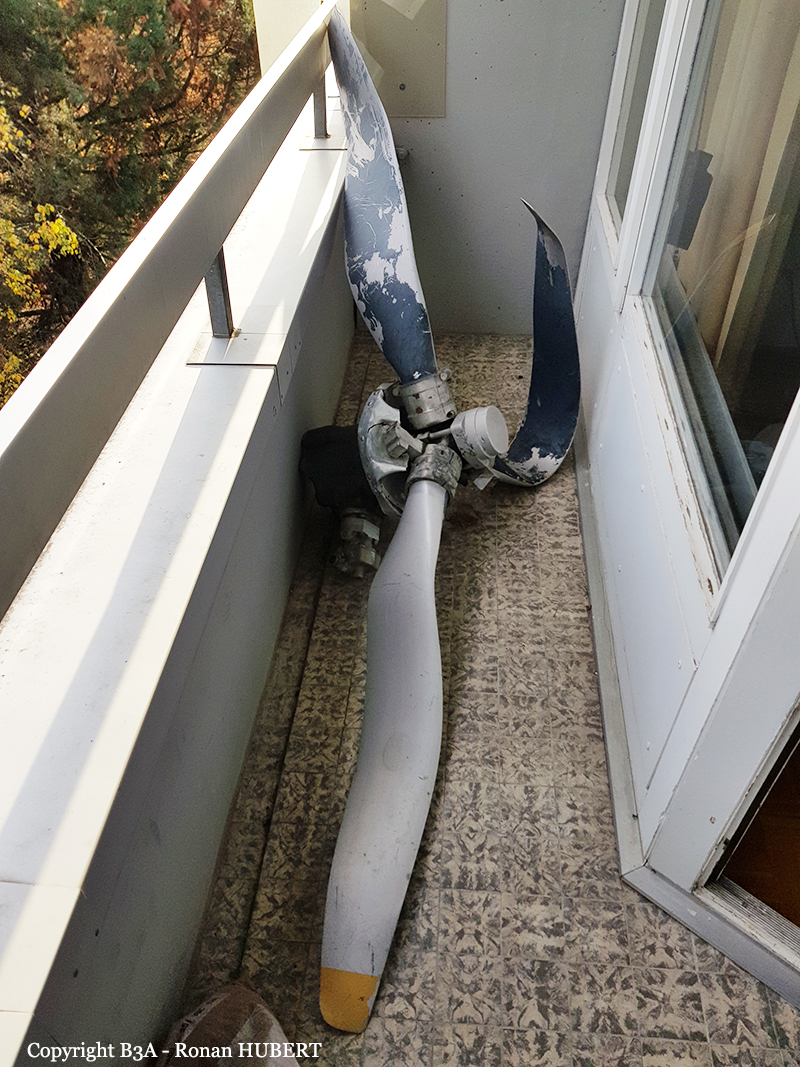
Crash of a Lockheed L-749 Constellation on the Mont-Blanc: 48 killed
Date & Time:
Nov 3, 1950 at 1043 LT
Registration:
VT-CQP
Survivors:
No
Schedule:
Bombay – Cairo – Geneva – London
MSN:
2506
YOM:
1947
Flight number:
AI109
Crew on board:
8
Crew fatalities:
Pax on board:
40
Pax fatalities:
Other fatalities:
Total fatalities:
48
Captain / Total hours on type:
1745.00
Circumstances:
The four engine aircraft christened 'Malabar Princess' left Cairo-Almaza Airport at 0209LT on a direct flight to Geneva, completing an international service from Bombay to London, carrying 40 passengers and a crew of 8. All passengers were Indian and Pakistani marines who were joining their boat based in the harbor of Newcastle upon Tyne. About 20 minutes before its estimated time of arrival in Geneva-Cointrin Airport, while cruising at an altitude of 15,500 feet, the crew informed ATC that he was flying over Grenoble. The radio officer at Geneva Airport misbelieved this position and asked the crew to switch on 333 kHz for a direction finding check. The crew never contacted this frequency and the aircraft disappeared shortly later. As the airplane failed to arrive at Geneva Airport, SAR operations were conducted by the French, Swiss and Italian Authorities. The wreckage was found two days later, Sunday November 5, at an altitude of 4,671 meters, on the Rocher de la Tournette, about 300 meters from the Vallot Refuge. The aircraft disintegrated on impact and all 48 occupants were killed.
Probable cause:
At the time of the accident, a strong wind was blowing from the west and it is believed that the crew misinterpreted his position. The crew believed he was overflying Grenoble when in reality, the aircraft was approximately 111 km northeast of Grenoble, vertical to the Mont-Blanc Mountain range. In 1950, the area control center of Geneva-Cointrin was not equipped with a surveillance radar system. The only available systems were a medium-frequency direction finder and transmitters on shortwave (HF) with 4 available frequencies. At that time, Air India did not use the route Genoa - Torino - Geneva to avoid the Alps and preferred to fly the Nice - Gap - Grenoble - Geneva path marked by broadcast stations (BC) which unfortunately did not transmitted 24 hours a day. It appears that the accident was the result of a controlled flight into terrain mostly caused by unfavorable wind.

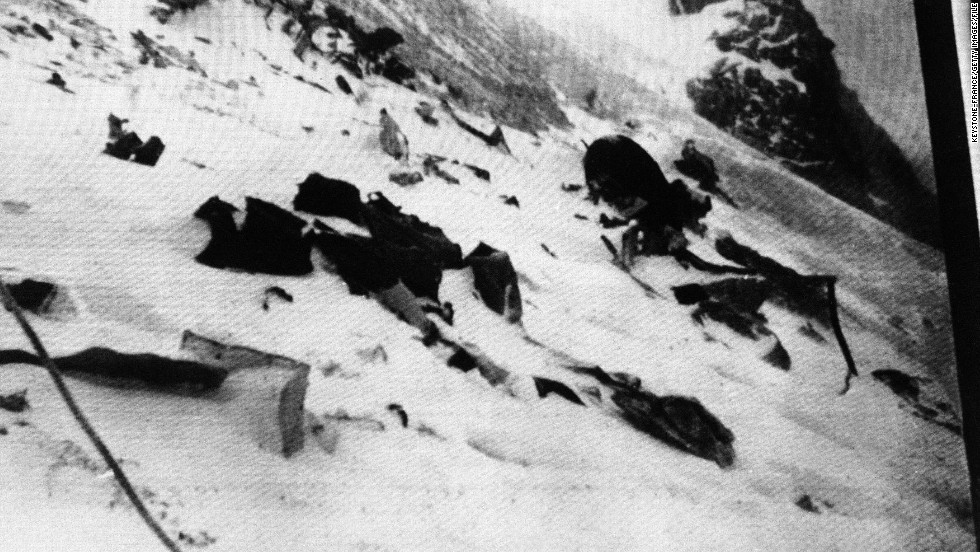
Crash of a Boeing B-17G-110-BO Flying Fortress in the French Alps: 8 killed
Date & Time:
Nov 1, 1946
Registration:
43-39338
Survivors:
No
Schedule:
Naples – Bovingdon
MSN:
10316
YOM:
1943
Crew on board:
8
Crew fatalities:
Pax on board:
0
Pax fatalities:
Other fatalities:
Total fatalities:
8
Circumstances:
The aircraft left Naples-Capodichino Airport at 0054LT bound for RAF Bovingdon with an overflight of Bastia, Istres, Lyon and Paris. As the aircraft failed to arrive at destination, SAR operations were conducted but eventually suspended 18 days later as no trace of the aircraft nor the crew was found. On July 25, 1947, mountaineers of the 99th French Alpine Infantry Battalion found the wreckage on the slope of the Aiguille des Glaciers (3,750 meters high), about 8 km southwest of the Mont-Blanc.
Crew:
Col Ford L. Fair, pilot,
Col Hudson H. Upham, pilot,
Maj Lawrence L. Cobb, copilot,
2nd Lt Alfred D. Ramirez, navigator,
Sgt John E. Gilbert, flight engineer,
S/Sgt William A. Hilton, assistant to flight engineer,
S/Sgt Zoltan J. Dobovich, radio operator,
T/Sgt William S. Cassell, assistant to radio operator.
Crew:
Col Ford L. Fair, pilot,
Col Hudson H. Upham, pilot,
Maj Lawrence L. Cobb, copilot,
2nd Lt Alfred D. Ramirez, navigator,
Sgt John E. Gilbert, flight engineer,
S/Sgt William A. Hilton, assistant to flight engineer,
S/Sgt Zoltan J. Dobovich, radio operator,
T/Sgt William S. Cassell, assistant to radio operator.
Probable cause:
It is believed that the crew encountered poor weather conditions with thunderstorm activity, turbulence and severe icing conditions, which may contribute to the accident.
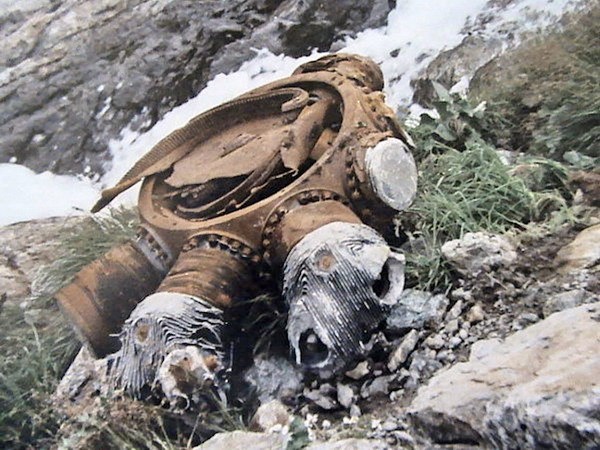
Crash of a Douglas C-47B-1-DK Skytrain near Thônes: 4 killed
Date & Time:
Nov 7, 1944 at 1100 LT
Registration:
43-48449
Survivors:
No
MSN:
14265/25710
YOM:
1944
Crew on board:
4
Crew fatalities:
Pax on board:
0
Pax fatalities:
Other fatalities:
Total fatalities:
4
Circumstances:
The crew was performing a flight from England to the Airbase of Istres-Le Tubé, south of France. While cruising east of Annecy in poor weather conditions, the twin engine aircraft hit the slope of Mt Tournette at the altitude of 1,950 meters and located near Thônes. Upon impact, the aircraft caused an avalanche and all debris and the four crew bodies were recovered by snow. Thus, it was impossible for the rescue teams to locate the aircraft and all operations were suspended after few days. The wreckage and the dead bodies were eventually found during summer 1945.
Crew:
2nd Lt Kenneth V. Halverson, pilot,
1st Lt Reeves K. Gauthier, copilot,
S/Sgt Robert L. Campbell, radio operator,
S/Sgt Charles D. Pavlak, flight engineer.
Crew:
2nd Lt Kenneth V. Halverson, pilot,
1st Lt Reeves K. Gauthier, copilot,
S/Sgt Robert L. Campbell, radio operator,
S/Sgt Charles D. Pavlak, flight engineer.




